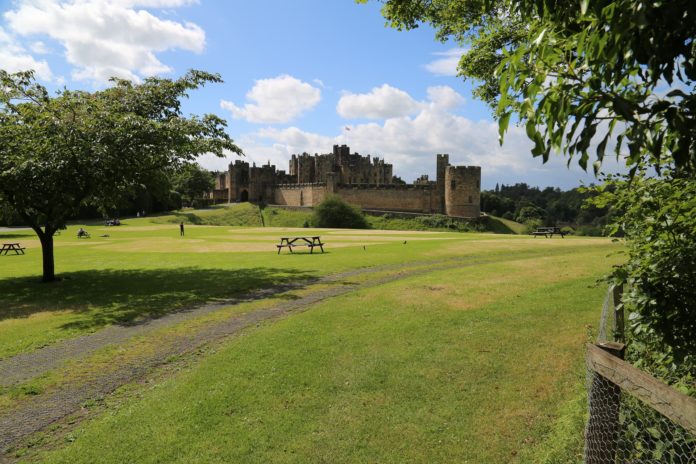The Alnwick Garden is a complex of formal gardens adjacent to Alnwick Castle in Northumberland, England. A big part of the gardens was designed in 1750 by the famous 18th-century English landscape architect Capability Brown, commissioned by the 1st Duke of Northumberland. At the end of the 19th century, the gardens reached their full grandeur, with exotic plants, a large conservatory, intricate topiary shapes, avenues of limes and acres of flowers.
During the Second World War, the grounds were turned over and used as a vegetable garden. After 1945 it fell into disrepair and was officially closed off in 1950. But when, in 1995, Jane Percy became the 14th Duchess of Northumberland, she initiated the redevelopment and came up with the idea to transform a neglected section of the gardens and turn it into a poison garden.
As a contrast to the common apothecary gardens, instead of using plants with medicinal properties, the duchess decided to put a twist on it, and plant only highly poisonous or deadly plant species. The garden was first opened in 2005 and contains about 100 poisonous plants such as deadly nightshade, hemlock, foxglove, and opium poppy.
Because of the dangerous properties of the plants, some of them are caged, and the garden is kept under 24-hour security. Guided tours are available for curious visitors and the garden is used for educational purposes for children or anyone interested in finding out more about the unique species planted here.
Today, the Alnwick gardens span over 14 acres and attract over 600,000 visitors each year, making them one of North England’s most popular tourist attractions.

